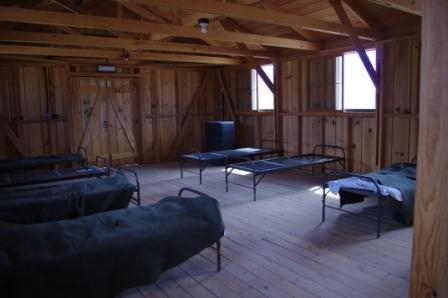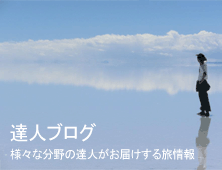Hello everyone! ![]()
Today, I would like to briefly guide you through some tidbits of Japanese American history. Recently, I went camping in Mammoth Lakes, and made a pit stop at Manzanar since it was located on Route 395. ![]()
Driving north from Los Angeles, the scenery is gorgeous because the geography is very diverse as the altitude gradually increases going up to Mammoth. First, you drive on the Highway 14, which eventually meets Route 395. One of the first beautiful views that I encountered on Highway 14 was the Red Rock Canyon State Park. There are campsites available here as well and it's only 2 hours north of LA! ![]()

Manzanar National Historic Site is located between Owens Valley and Inyo National Forest, about 220 miles north of Los Angeles. It was one of the major Japanese internment camps in America during WWII.
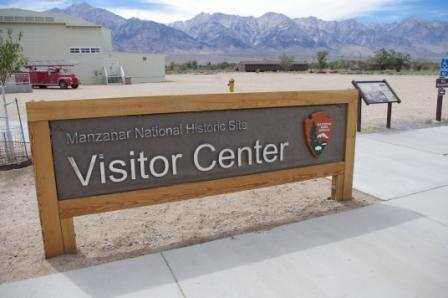
Shortly after Japan attacked Pearl Harbor on December 7, 1941, sentiment towards Japanese Americans in the U.S. drastically changed. ![]() The U.S. government feared that Japanese Americans would threaten the American war efforts by serving as spies for the Japanese government.
The U.S. government feared that Japanese Americans would threaten the American war efforts by serving as spies for the Japanese government.
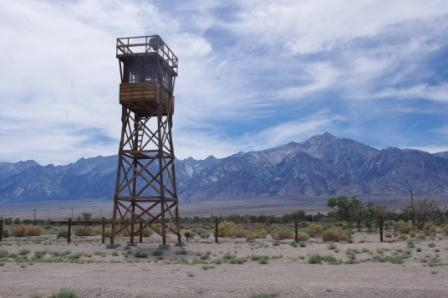
In February 1942, President Roosevelt issued the Executive Order 9066, which allowed the relocation of people deemed as threats to the U.S. to designated military areas. Japanese Americans living on the West Coast were primarily targeted, and they were forced to leave their homes and possessions in order to relocate to an internment camp. ![]()
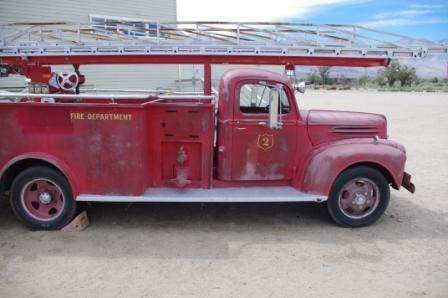
A total of over 110,000 Japanese men, women and children were forced to leave their homes and start a new life in these remote military-style camps. The families were given only a few days to prepare for the relocation, and they could only only take belongings that they could carry in their two hands.![]()
![]()
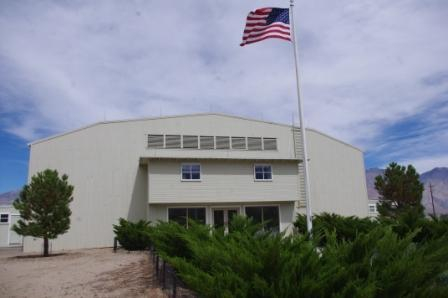
The relocation into internment camps was completed by November 1942, nine months after the order was issued. Manzanar became a home for 10,000 Japanese Americans, two-thirds of whom were American citizens by birth. Above is a photo of the auditorium where people gathered, played music, and hosted holiday plays. ![]()
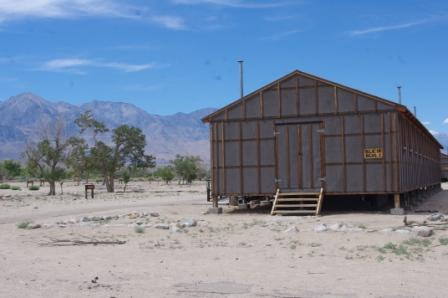
The families lived in very basic conditions and the internment camps were often in desert environments. The housing area was 500-acres and was surrounded by barbed wire and eight guard towers that were patrolled by military guards. ![]()
There was very little privacy in the buildings. For example, in the bathroom, each stall was not divided by walls - so there was no privacy when showering or using the toilet! ![]()

However, despite the challenges, people worked hard to create their own way of life. Leisure activities such as baseball helped to spread joy and establish a strong sense of community. Most of the internees worked at the camp by making clothes, growing fruits and vegetables, digging ditches for irrigation, and being doctors or teachers. ![]()
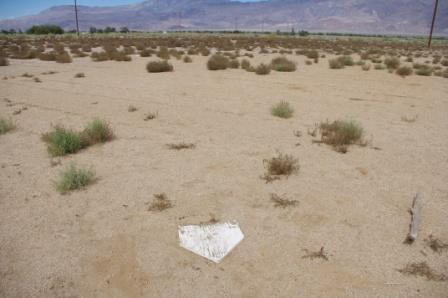
In fact, the home plate still exists - Manzanar may be empty now, but if you listen closely, you can hear the remnants of the laughter and cheers from the baseball games. ![]()
Manzanar National Historic Site
お得なランドパッケージサイトはこちら
お得なオプショナルツアーはこちら
ロサンゼルスの現地情報はこちら
-
投稿: かなえ♡ -2014年9月28日 (日) 01時39分
■こんにちわ!どうも☆
他の記事も読んでみました!私の記事もチェックしてくださいね♪読者になるのでまたこのブログ読みに来たいと思います\(^^)/



 テーマ: 教育
テーマ: 教育





